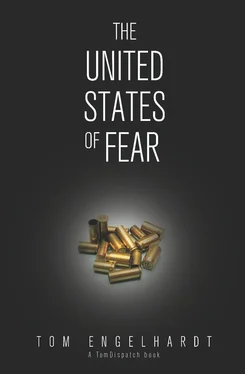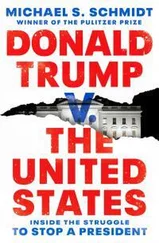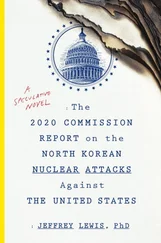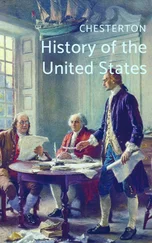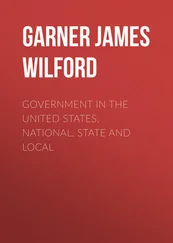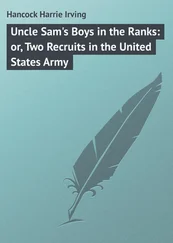Only once in that period did a sense of actual war seem to hover over the nation. That was, of course, in the Vietnam years of the 1960s and early 1970s, when the draft brought a dirty war up close and personal, driving it into American homes and out onto the streets, when a kind of intermittent warfare seemed to break out in this country’s cities and ghettos, and when impending defeat drove the military itself to the edge of revolt and collapse.
From the 1970s until 2001, as that military rebuilt itself as an all-volunteer force and finally went back to war in distant lands, it seemed to disappear from everyday life. There were no soldiers in sight, nothing we would consider commonplace today—from uniforms and guns in train stations to military flyovers at football games, and the repeated rites of praise for American troops that are now everyday fare in a world where, otherwise, we largely ignore our wars.
In 1989, for instance, in the Progressive magazine I described a country that seemed to me to be undergoing further militarization, even if in a particularly strange way. Ours was, I wrote, an
America that conforms to no notions we hold of militarism…. Militarization is, of course, commonly associated with uniformed, usually exalted troops in evidence and a dictatorship, possibly military, in power. The United States, by such standards, still has the look of a civilian society. Our military is, if anything, less visible in our lives than it was a decade ago: No uniforms in the streets, seldom even for our traditional parades; a civilian-elected government; weaponry out of sight… the draft and the idea of a civilian army a thing of the past.
In the Reagan-Bush era, the military has gone undercover in the world that we see, though not in the world that sees us. For if it is absent from our everyday culture, its influence is omnipresent in corporate America, that world beyond our politics and out of our control—the world which, nonetheless, plans our high-tech future of work and consumption. There, the militarization of the economy and the corporatization of the military are processes so far gone that it seems reasonable to ask whether the United States can even be said to have a civilian economy.
Little did I know. Today, it seems, our country is triumphant in producing only things that go boom in the night: we have a near monopoly on the global weapons market and on the global movie market, where in the dark we’re experts on explosions of every sort. When I wrote in 1989 that the process was “so far gone,” I had no idea how far we still had to go. I had no idea, for instance, how far a single administration could push us when it came to war. Still, one thing that does remain reasonably constant about America’s now perpetual state of war is how little we—the 99 percent of us who don’t belong to the military or fight—actually see of it, even though it is, in a sense, all around us.
From a remarkable array of possibilities, here are just a few warscapes—think of them as landscapes, only deadlier—that might help make more visible an American world of, and way of, war that we normally spend little time discussing, debating, or doing anything about.
As a start, let me try to conjure up a map of what “defense,” as imagined by the Pentagon and the U.S. military, actually looks like. For a second just imagine a world map laid flat before you. Now divide it, the whole globe, like so many ill-shaped pieces of cobbler, into six servings—you can be as messy as you want, it’s not an exact science—and label them the U.S. European Command or Eucom (for Europe and Russia), the U.S. Pacific Command or Pacom (Asia), Centcom (the Greater Middle East and a touch of North Africa), Northcom (North America), Southcom (South America and most of the Caribbean), and Africom (almost all of Africa). Those are the “areas of responsibility” of the six U.S. military commands.
In case you hadn’t noticed, that takes care of just about every inch of the planet, but—I hasten to add—not every bit of imaginable space. For that, if you were a clever cartographer, you would somehow need to include Stratcom, the U.S. Strategic Command charged with, among other things, ensuring that we dominate the heavens, and the newest of all the “geographic” commands, Cybercom, which oversees “1,000 elite military hackers and spies under one four-star general,” all prepared to engage in preemptive war in cyberspace.
Some of these commands have crept up on us over the years. Centcom, which now oversees our wars in Afghanistan and Iraq, was formed in 1983, a result of the Carter Doctrine—that is, of President Jimmy Carter’s decision to make the protection of Persian Gulf oil a military necessity, while both Northcom (2002) and Africom (2007) were creations of the Global War on Terror (GWOT).
From a mapping perspective, however, the salient point is simple enough: at the moment, there is no imaginable space on or off the planet that is not an “area of responsibility” for the U.S. military. That, not the protection of our shores and borders, is what is now meant by the word “defense” in the Department of Defense. And if you were to stare at that map for a while, I can’t help but think it would come to strike you as abidingly strange. No place at all of no military interest to us? What does that say about our country—and us?
In case you think the map I’ve just described is cartographic hyperbole, consider this: we now have what is, in essence, a secret military inside the U.S. military. I’m talking about our special operations forces. These elite and largely covert forces were rapidly expanded in the Bush years as part of the Global War on Terror, but also thanks to Secretary of Defense Donald Rumsfeld’s urge to bring covert activities that were once the province of the CIA under the Pentagon’s wing.
By the end of George W. Bush’s second term in office, special operations forces were fighting in, training in, or stationed in approximately sixty countries under the aegis of the Global War on Terror. Less than two years later, according to the Washington Post , thirteen thousand special operations troops were deployed abroad in approximately seventy-five countries as part of an expanding Global War on Terror (even if the Obama administration had ditched that name); in other words, special ops troops alone are now operating in close to 40 percent of the 192 countries that make up the United Nations.
And talking about what the Pentagon has taken under its wing, I’m reminded of a low-budget sci-fi film of my childhood, The Blob . In it, a gelatinous alien grows ever more humongous by eating every living thing in its path, with the exception of Steve McQueen in his debut screen role. By analogy, take what’s officially called the U.S. Intelligence Community (IC), which Rumsfeld was so eager to militarize. It’s made up of seventeen major agencies and outfits, including the Office of the Director of National Intelligence (ODNI). Created in 2004 in response to the intelligence dysfunction of 9/11, ODNI is already its own small bureaucracy, with 1,500 employees and next to no power to do the only thing it was ever really meant to do: coordinate the generally dysfunctional labyrinth of the IC itself.
You might wonder what kind of “intelligence” a country could possibly get from seventeen competing, bickering outfits—and that’s not even the half of it. According to a Washington Post series “Top Secret America” by Dana Priest and William Arkin:
In all, at least 263 organizations have been created or reorganized as a response to 9/11…. Some 1,271 government organizations and 1,931 private companies work on programs related to counterterrorism, homeland security and intelligence in about 10,000 locations across the United States…. In Washington and the surrounding area, 33 building complexes for top-secret intelligence work are under construction or have been built since September 2001. Together they occupy the equivalent of almost three Pentagons or 22 U.S. Capitol buildings—about 17 million square feet of space.
Читать дальше
